

Articles
How To Store A Battery
Modified: December 7, 2023
Learn the best methods to store a battery for optimal performance and longevity. Discover useful tips and tricks in this informative articles.
(Many of the links in this article redirect to a specific reviewed product. Your purchase of these products through affiliate links helps to generate commission for Storables.com, at no extra cost. Learn more)
Introduction
Batteries are an essential component of our modern lives. From powering our devices to storing renewable energy, batteries play a crucial role in our daily activities. Whether you are storing batteries for personal or professional reasons, it is important to ensure their longevity and safety.
In this article, we will cover the best practices for storing batteries to maximize their performance and ensure the safety of your surroundings. We will discuss the importance of understanding battery storage, choosing the right storage location, battery cleaning and preparation, proper battery packaging, storing batteries in extreme temperatures, regular maintenance and inspection, and battery disposal guidelines.
By following these guidelines, you can extend the lifespan of your batteries, save money in the long run, and minimize the risk of accidents or damage.
So let’s dive in and explore the world of battery storage!
Key Takeaways:
- Proper battery storage involves understanding self-discharge rates, temperature sensitivity, and specific chemistry requirements. Choosing the right storage location, cleaning, packaging, and monitoring are crucial for maximizing battery lifespan and safety.
- When disposing of batteries, prioritize recycling to protect the environment. Separate batteries by type, handle damaged batteries with care, and utilize designated drop-off locations or recycling programs. Never incinerate batteries to prevent environmental harm.
Read more: How To Store Batteries
Understanding Battery Storage
Before we start storing batteries, it’s important to have a basic understanding of how batteries work and how they should be stored. Batteries are chemical devices that convert stored chemical energy into electrical energy. This chemical reaction can degrade over time, especially if the batteries are not stored properly.
One key factor to consider when storing batteries is their self-discharge rate. Most batteries, even when not in use, will slowly lose their charge over time. This is known as self-discharge. The rate of self-discharge varies depending on the type of battery. For example, alkaline batteries have a lower self-discharge rate compared to rechargeable batteries.
It’s important to consider the specific requirements of the battery type you are storing. Different batteries have different optimal storage conditions and guidelines to ensure their performance and longevity.
In addition to self-discharge, temperature also affects battery storage. Extremely high or low temperatures can accelerate the self-discharge rate and potentially damage the battery. Heat can cause the battery to become more active, leading to a faster discharge. On the other hand, cold temperatures can slow down the chemical reactions and reduce the battery’s capacity.
The type of battery chemistry also affects their storage requirements. For example, lead-acid batteries, commonly used in automotive applications, should be stored in a fully charged state to prevent sulfation, while lithium-ion batteries should be stored at a partial charge to prevent over-discharge or overcharging.
To summarize, understanding the basics of battery chemistry, self-discharge rates, and temperature sensitivity is crucial in ensuring effective battery storage. By recognizing the specific requirements of your batteries, you can take the necessary precautions to optimize their storage conditions and maintain their performance.
Choosing the Right Storage Location
When it comes to battery storage, selecting the right location is of utmost importance. The storage location should meet certain criteria to ensure the safety and longevity of the batteries. Here are some factors to consider when choosing the right storage location:
- Temperature and Humidity: One of the primary considerations is the temperature and humidity of the storage area. Ideally, batteries should be stored in a cool, dry place. High temperatures can cause batteries to degrade quickly, while high humidity can lead to moisture damage and corrosion. Avoid storing batteries in areas prone to extreme temperature fluctuations or high humidity levels.
- Ventilation: Adequate ventilation is essential when storing batteries. Some batteries can release gases during charging or discharging, and proper ventilation helps to prevent the buildup of potentially hazardous gases. Ensure that the storage area has good airflow to dissipate any gas emissions.
- Away from Flammable Materials: It is crucial to store batteries away from flammable materials, chemicals, or any potential sources of ignition. Avoid storing batteries near gasoline, solvents, or other highly flammable substances that could increase the risk of fire or explosions.
- Avoid Direct Sunlight: Direct sunlight can increase the temperature in the storage area and cause batteries to overheat. Choose a location where batteries are shielded from direct sunlight or cover them with a light-reflective material to minimize heat absorption.
- Security: Consider the security of the storage area. Batteries, especially rechargeable ones, can be valuable and prone to theft. If storing batteries in a commercial setting, make sure to have proper security measures in place to prevent unauthorized access.
By selecting a suitable storage location that meets these criteria, you can ensure the optimal conditions for your batteries. This will help prolong their lifespan and reduce the risk of accidents or damage.
Battery Cleaning and Preparation
Before storing batteries, it is important to clean and prepare them properly. This ensures that any contaminants or debris are removed, promoting better performance and longevity. Here are some steps to follow for battery cleaning and preparation:
- Inspect the Batteries: Before cleaning, carefully inspect each battery for any signs of damage or leakage. If you notice any leaks, discoloration, or corrosion, it is important to handle the battery with caution and dispose of it properly.
- Clean the Battery Exterior: Start by cleaning the exterior of the batteries. Use a soft, dry cloth to wipe away any dust or dirt. Avoid using water or any cleaning agents, as they can damage the battery’s exterior or cause internal damage if moisture gets inside.
- Remove Corrosion: If you notice any corrosion on the battery terminals, use a mixture of baking soda and water or a specialized battery terminal cleaner to gently remove the corrosion. Be careful not to let the cleaning solution come into contact with your skin or eyes, and ensure that the battery is dry before storing.
- Check Battery Connections: Ensure that the battery connections are secure. Batteries with loose or faulty connections can lead to poor performance or malfunction. Tighten any loose connections or consider replacing batteries with damaged terminals.
- Charge or Discharge as Needed: Depending on the type of battery, it may be necessary to charge or discharge it to a certain level before storage. Refer to the manufacturer’s guidelines or instructions for specific charging or discharging recommendations.
- Separate Batteries: If storing multiple batteries, make sure to keep them separated to avoid accidental contact and potential short-circuits. Placing each battery in its own individual storage container or using insulating materials can help prevent any mishaps.
By following these cleaning and preparation steps, you can ensure that your batteries are in a suitable condition for storage. This enhances their performance and reduces the risk of damage or malfunction during the storage period.
Proper Battery Packaging
When it comes to storing batteries, proper packaging is essential to protect them from physical damage and ensure their safety. Here are some guidelines for proper battery packaging:
- Individual Packaging: Whenever possible, it is recommended to store batteries individually. This helps prevent contact between batteries, which can lead to short-circuits or other safety hazards. Individual packaging can be in the form of plastic storage cases, battery sleeves, or even small resealable bags.
- Insulation: Insulating batteries is important, especially for rechargeable batteries or those stored for an extended period. Placing each battery in a separate, non-conductive material like cardboard or foam can help prevent accidental contact and reduce the risk of short-circuits.
- No Loose Batteries: Avoid storing loose batteries in a container where they can move around freely. This can cause the batteries to jostle against each other and potentially damage the protective casings or terminals. Instead, use dividers in your storage container to keep each battery in place.
- Labeling: Properly labeling your battery packaging is important for easy identification and to track the storage duration. Label each package with clear information, such as the battery type, date of storage, and any specific handling instructions.
- Avoid Conductive Materials: When packaging batteries, make sure to avoid using conductive materials that can potentially cause short-circuits. Avoid storing batteries on or near metal surfaces or using metal containers for storage.
- Keep Away from Children and Pets: Ensure that battery packaging is securely closed and stored in a location out of reach of children and pets. Batteries can be attractive to curious little hands or pets, so taking precautions to prevent accidental ingestion or mishandling is crucial.
By following these proper battery packaging guidelines, you can protect your batteries from physical damage, prevent safety hazards, and easily track their storage duration and condition.
Store batteries in a cool, dry place at room temperature. Avoid storing them in extreme temperatures or direct sunlight, as it can reduce their performance and lifespan.
Read more: How To Safely Store Batteries
Storing Batteries in Extreme Temperatures
Extreme temperatures can have a significant impact on battery performance and lifespan. Whether it’s scorching heat or freezing cold, it’s important to take extra precautions when storing batteries in extreme temperature conditions. Here are some guidelines for storing batteries in extreme temperatures:
- High Temperatures: Exposure to high temperatures can cause batteries to deteriorate more quickly. It is important to store batteries in a cool environment, away from direct sunlight and sources of heat. Avoid storing batteries in hot vehicles, near heaters, or in areas with high ambient temperatures. Excessive heat can accelerate the self-discharge rate and potentially damage the battery chemistry, reducing its capacity and overall lifespan.
- Low Temperatures: Freezing temperatures can also affect battery performance. Cold temperatures can slow down the chemical reactions inside the battery, reducing its capacity and ability to deliver power. When storing batteries in low temperatures, it’s important to ensure they are kept in a dry location to prevent moisture-related damage. If possible, choose a storage area where the temperature remains above freezing to maintain optimal battery performance.
- Battery-specific Temperature Recommendations: Different battery chemistries have different temperature requirements. Refer to the manufacturer’s guidelines or product specifications to understand the specific temperature range in which the batteries should be stored. This information will help you determine the best storage conditions to maximize performance and prolong the lifespan of your batteries.
- Insulation: If storing batteries in extreme cold temperatures, consider insulating them using materials such as thermal blankets or insulated containers. This helps to minimize temperature fluctuations and provides some degree of protection against the cold. Similarly, if storing batteries in high temperatures, insulation can help reduce the direct heat exposure and maintain a more stable temperature within the storage area.
- Monitor and Rotate: Regularly monitor the temperature of the storage area to ensure it remains within the recommended range. It is also a good practice to periodically rotate your battery inventory. This prevents batteries from sitting idle in extreme temperatures for prolonged periods, which can lead to reduced capacity and potential damage.
By following these guidelines, you can minimize the impact of extreme temperatures on your batteries and ensure their optimal performance and longevity.
Regular Maintenance and Inspection
Maintenance and inspection are vital for ensuring the performance and longevity of your stored batteries. By implementing regular maintenance and inspection practices, you can identify any potential issues early on and take appropriate steps to address them. Here are some important considerations for regular battery maintenance and inspection:
- Visual Inspection: Regularly inspect the batteries for any signs of damage, corrosion, or leakage. Look for bulging or deformed casings, discolored terminals, or any other abnormalities. If you notice any issues, take immediate action to prevent further damage or safety risks.
- Terminal Cleaning: Cleaning the battery terminals is crucial to maintain good electrical contact and prevent corrosion buildup. Use a mixture of baking soda and water or a specialized battery terminal cleaner to gently remove any corrosion. Ensure that the battery is completely dry before reconnecting it or placing it back into storage.
- Charge Cycle: If you are storing rechargeable batteries, it is important to periodically charge them and then discharge them to a certain level. This helps prevent the formation of crystalline deposits that can detrimentally affect performance. However, be mindful of the specific charging and discharging recommendations for each battery type, as overcharging or over-discharging can damage the battery.
- Battery Testing: Consider implementing regular battery testing to assess their capacity and performance. This can be done using battery testers or diagnostic tools to determine if the batteries are still operating within their expected range. Testing can help identify any weak or failing batteries that should be replaced to maintain optimal performance.
- Documentation: Keep detailed records of when each battery was last inspected, cleaned, or tested. This can help track the lifespan of the batteries and identify any recurring issues. It also serves as a useful reference for future maintenance and replacement schedules.
- Proper Handling: When removing or installing batteries, ensure they are handled with care. Avoid dropping or mishandling them, as this can damage the internal components and compromise their performance. Use protective gloves if necessary to prevent any contamination from oils, dirt, or moisture on your hands.
By incorporating regular maintenance and inspection practices into your battery storage routine, you can prolong the lifespan of your batteries, minimize the risk of potential issues, and ensure they are ready for use when needed.
Battery Disposal Guidelines
Proper battery disposal is crucial to protect the environment and ensure the safe handling of potentially hazardous materials. When batteries reach the end of their lifespan or are no longer usable, it’s important to follow the appropriate disposal guidelines. Here are some general battery disposal guidelines to consider:
- Recycling: Recycling is the preferred method of disposing of batteries, as it allows for the recovery of valuable materials while minimizing environmental impact. Check with your local recycling center or municipality to determine the specific battery recycling options available in your area. Many communities have designated drop-off locations or recycling programs for batteries.
- Separate by Type: It is important to separate different battery types for recycling. This is because different battery chemistries require different recycling processes. Common battery types include alkaline, lithium-ion, nickel-cadmium, and lead-acid. Separating the batteries by type facilitates proper recycling and ensures that each battery is processed in the appropriate manner.
- Leakage Precautions: If you come across a leaking or damaged battery, it is important to handle it with care. Wear protective gloves and place the battery in a plastic bag or other suitable container to prevent any leakage. Contact your local waste management facility or recycling center for guidance on how to safely dispose of damaged batteries.
- Drop-off Locations: Research nearby drop-off locations or recycling centers that accept batteries for proper disposal. Many retail stores, such as electronics stores or home improvement stores, may have dedicated receptacles for recycling batteries. Utilize these resources to ensure your batteries are disposed of in an environmentally responsible manner.
- Rechargeable Battery Recycling Programs: Some manufacturers or retailers offer specific recycling programs for rechargeable batteries. These programs often provide convenient options for returning used batteries, such as mail-in recycling kits or drop-off locations.
- Do Not Incinerate: Never incinerate batteries. Burning batteries can release toxic chemicals into the air and pose a serious environmental and health hazard. Always follow the proper recycling procedures for battery disposal.
It’s important to remember that battery disposal guidelines may vary depending on your location and the specific regulations in place. Always consult with local authorities or recycling centers to ensure you are following the appropriate disposal practices for your area.
By adhering to these battery disposal guidelines, you can contribute to a cleaner environment and minimize the negative impact of batteries on our ecosystems.
Conclusion
Proper storage and maintenance of batteries are essential to ensure their optimal performance, longevity, and safety. By following the guidelines outlined in this article, you can take proactive steps to maximize the lifespan of your batteries and reduce the risk of accidents or damage.
Understanding the basics of battery storage, such as self-discharge rates and temperature sensitivities, allows you to store batteries in conditions that preserve their performance. Choosing the right storage location that provides proper temperature, ventilation, and security is crucial for maintaining battery health.
Cleaning and preparing batteries before storage helps remove contaminants and ensure a good connection. Proper packaging, insulation, and labeling provide a protective barrier and prevent potential short-circuits or damage. Additionally, paying attention to extreme temperatures during storage and implementing regular maintenance and inspection practices are key to prolonging battery lifespan.
Finally, when it comes time to dispose of batteries, it is important to follow proper recycling guidelines to protect the environment and prevent any potential harm. Recycling options and drop-off locations for different battery types are typically available in most communities.
By implementing these battery storage and disposal practices, you can not only save money in the long run but also contribute to a cleaner and safer environment. So, whether it’s storing batteries for personal use or in a professional setting, remember to prioritize their proper care and ensure the longevity and safety of these essential power sources.
Frequently Asked Questions about How To Store A Battery
Was this page helpful?
At Storables.com, we guarantee accurate and reliable information. Our content, validated by Expert Board Contributors, is crafted following stringent Editorial Policies. We're committed to providing you with well-researched, expert-backed insights for all your informational needs.


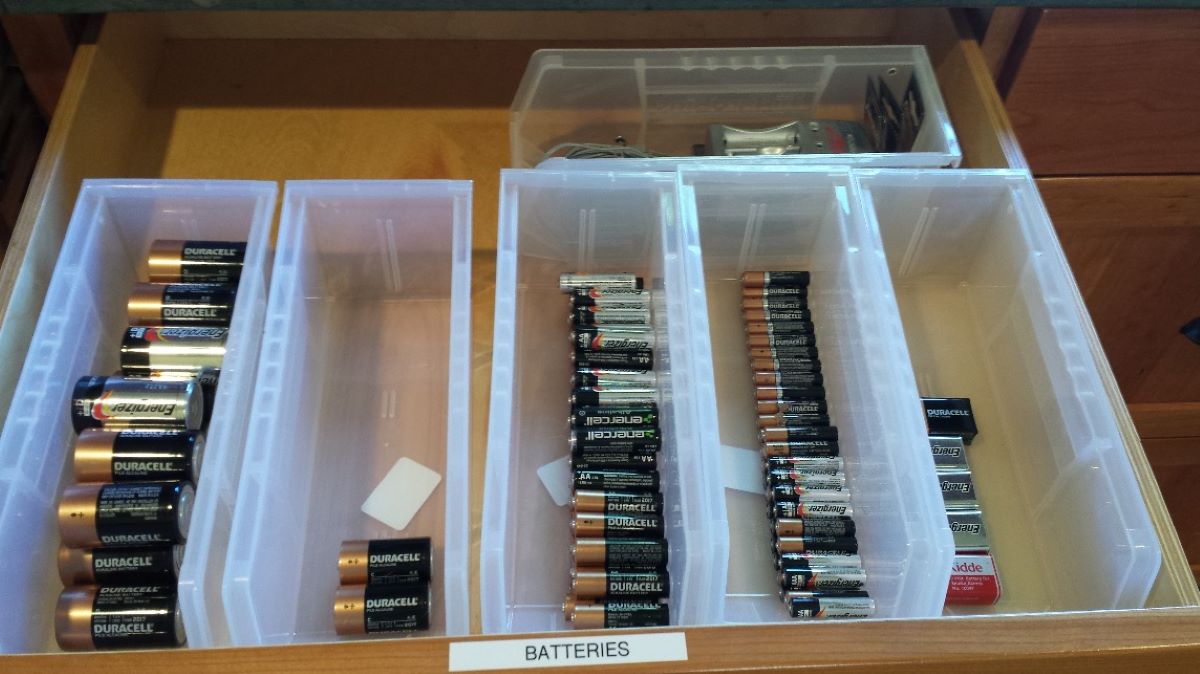

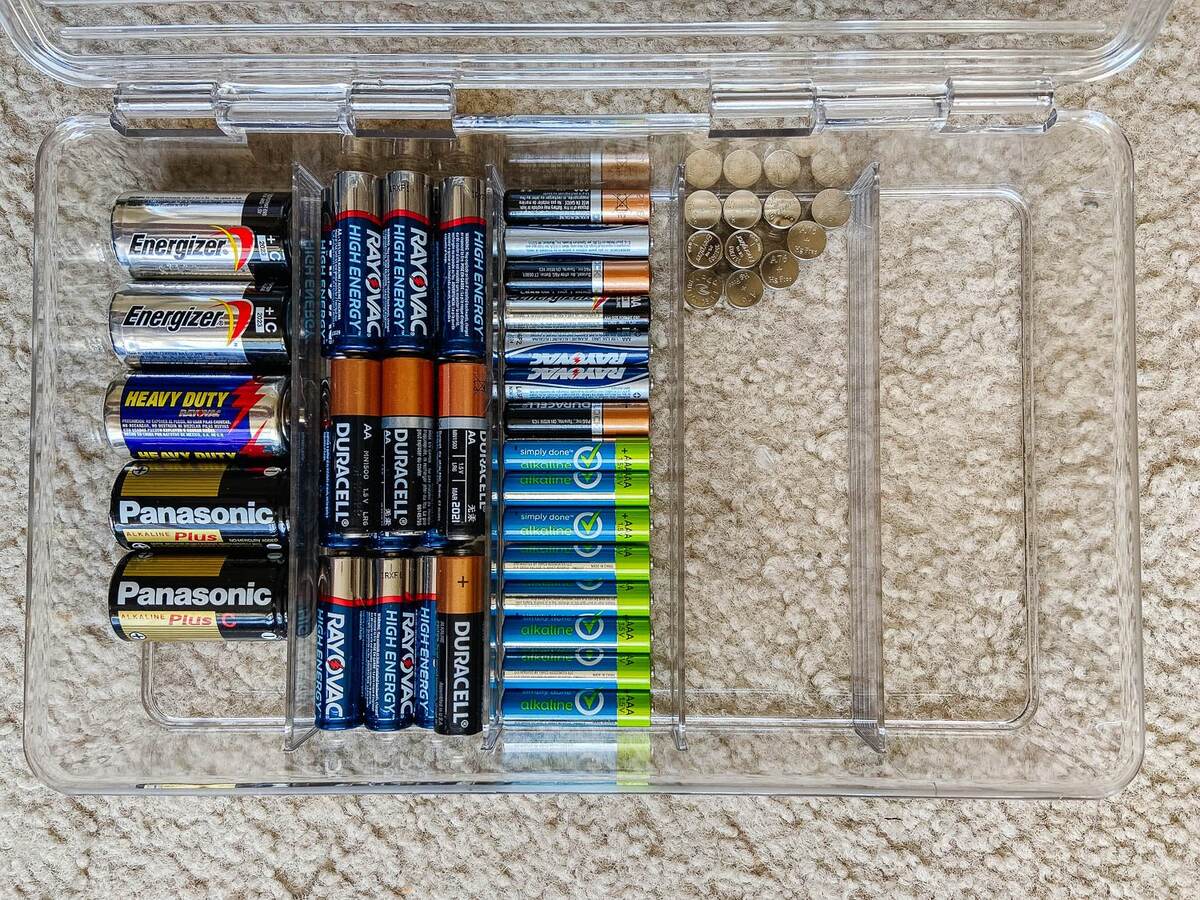
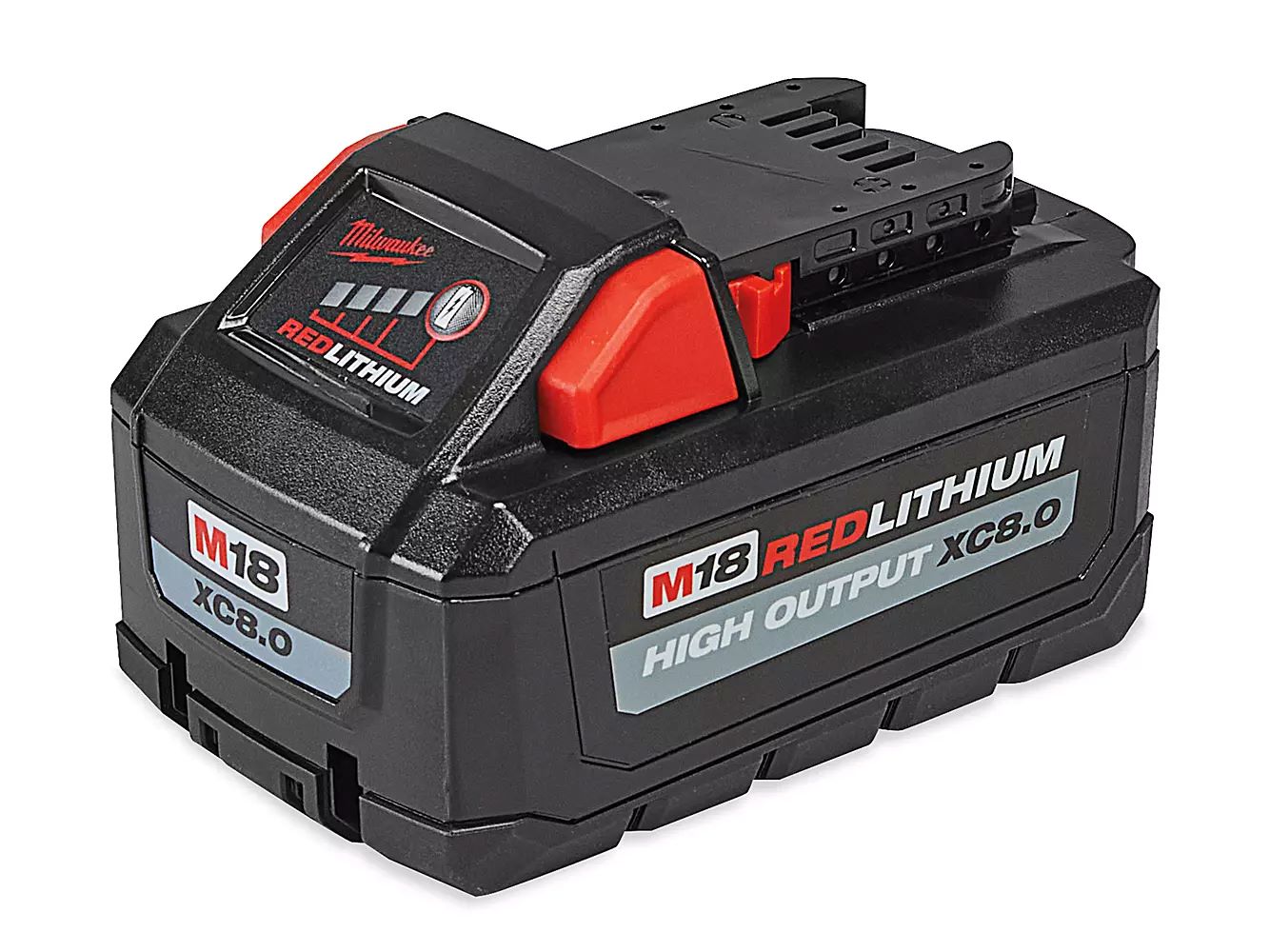

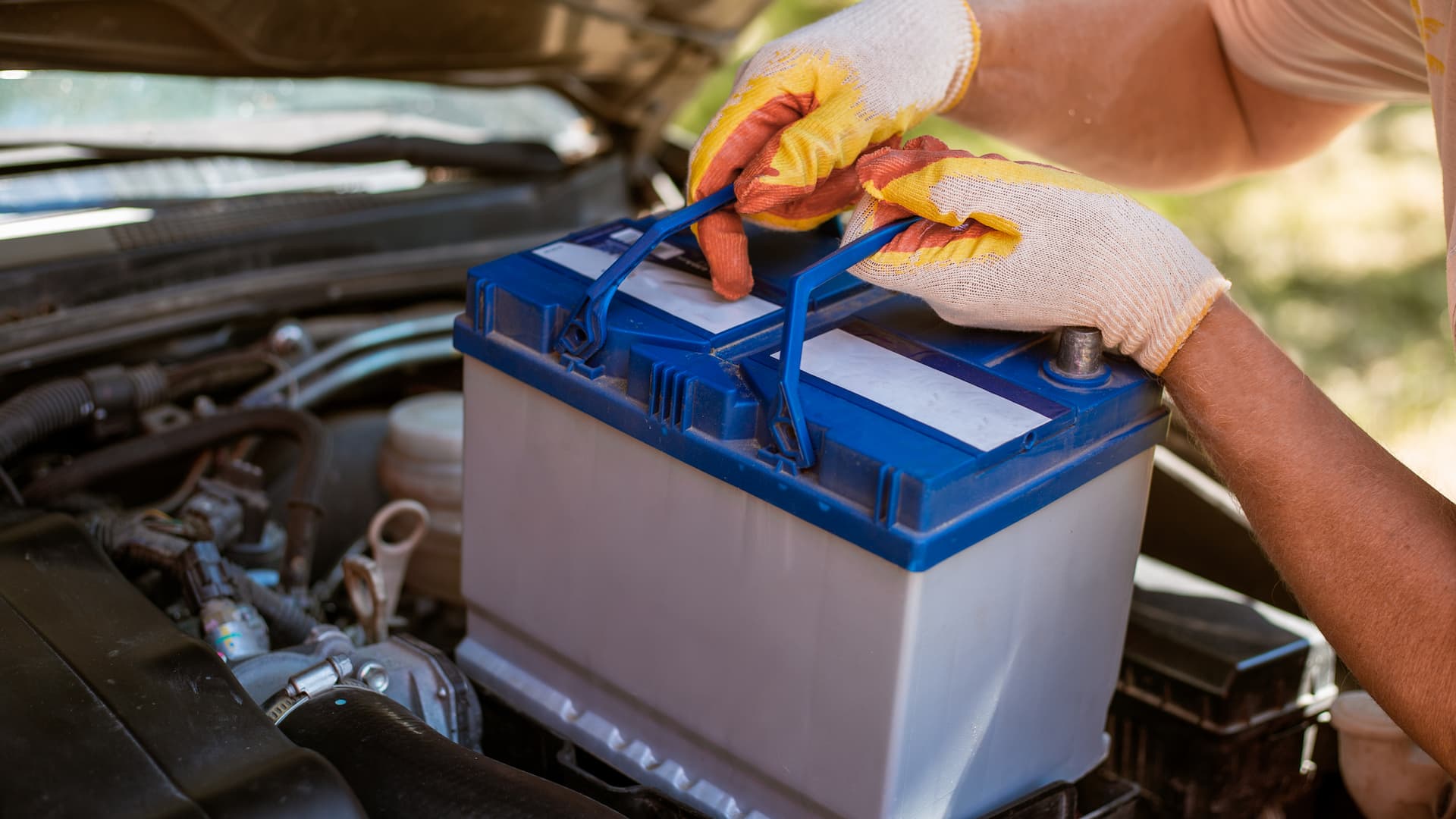

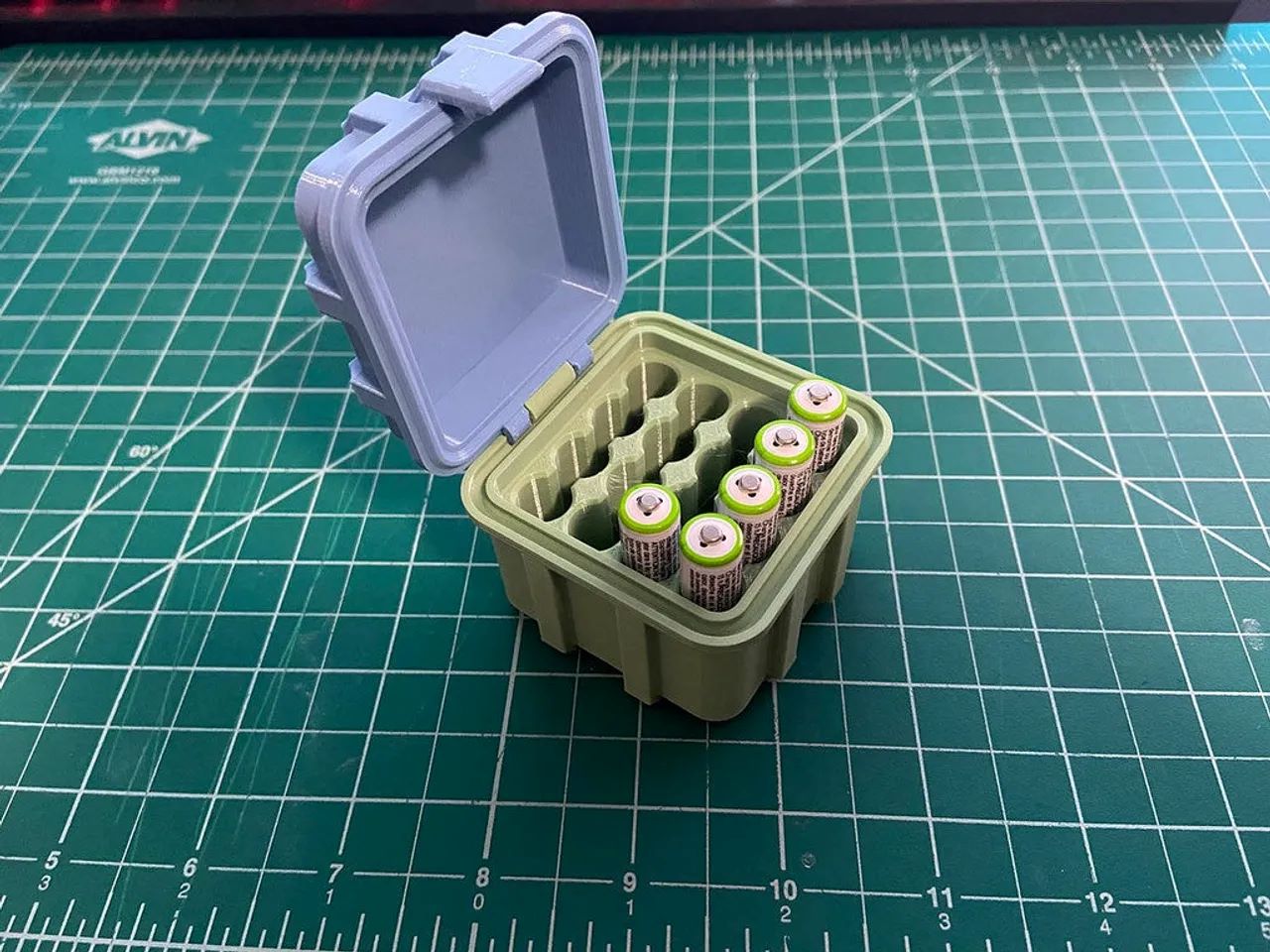

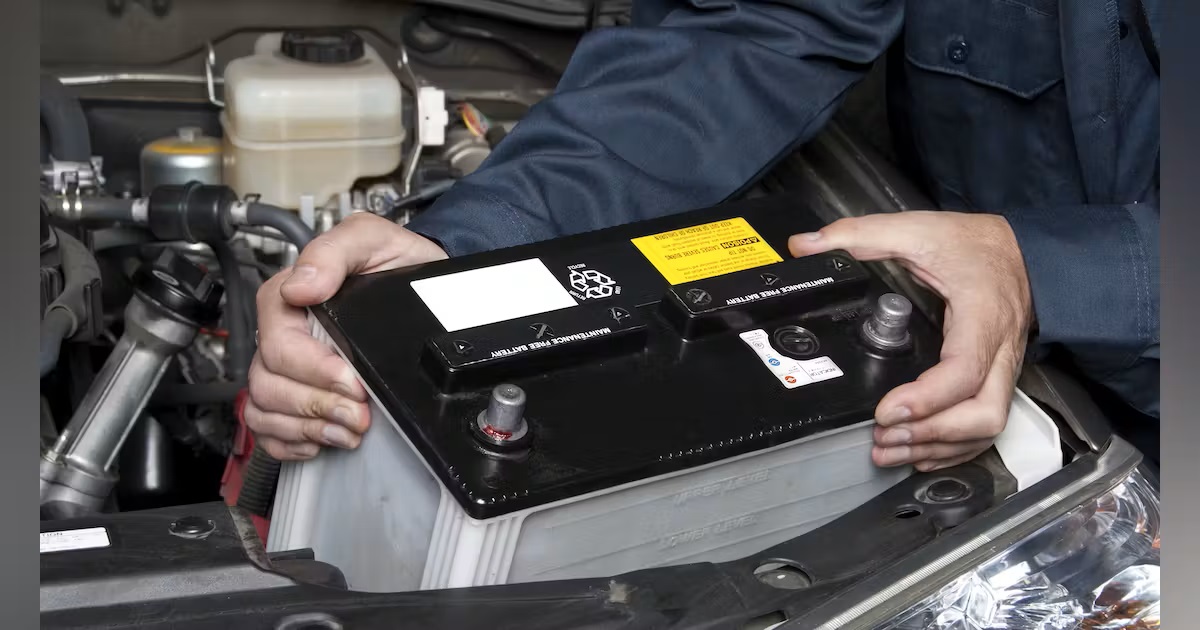



0 thoughts on “How To Store A Battery”